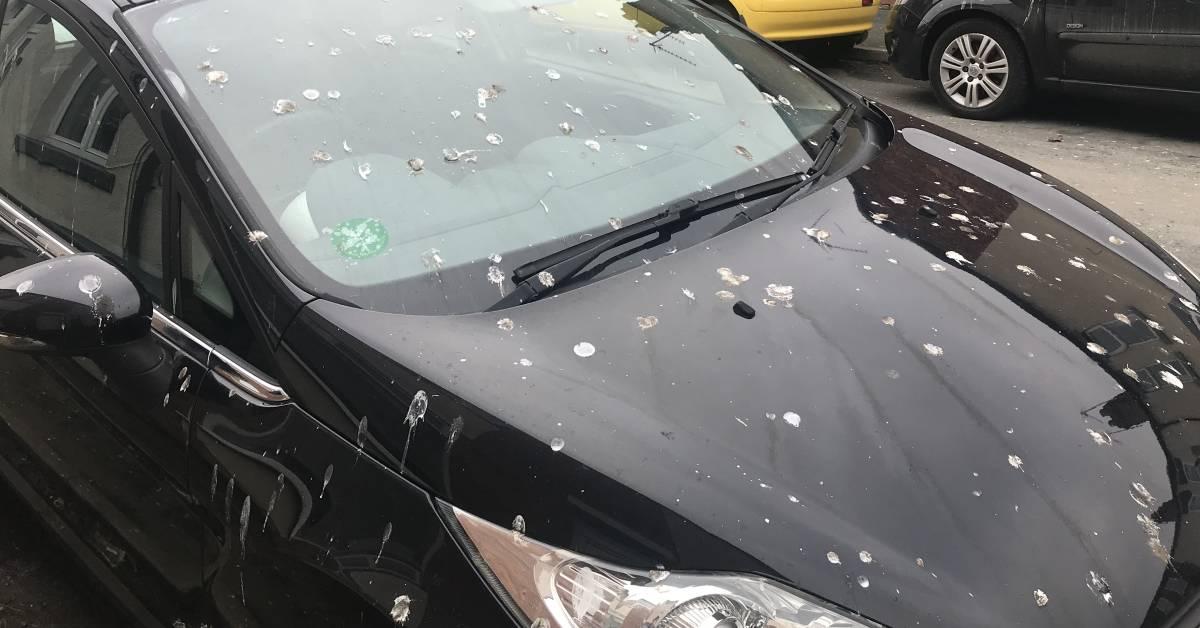Subscribe to trusted local news
In a time of both misinformation and too much information, quality journalism is more crucial than ever. By subscribing, you can help us get the story right.
- Subscription costs less than £1 a week with an annual plan.
Already a subscriber? Log in here.
02
Mar 2021
Starlings leave their mark in Ripon

Bird spotting has taken on a whole new meaning recently for some Ripon residents.
During early evenings, local people with their eyes on the skies can currently witness thousands of starlings swoop and switch in stunning synchronised movements.
The murmuration provides a delightful display for those looking on in amazement.
But for people living beneath the flight path, it's a different story as the starlings leave their mark.
Following each performance, residents of Newby Street, Vyner Street and the adjacent roads, face a clean-up operation.
The aerial bombardment of the Bondgate area sees cars, rooves, pavements, gardens and back yards coated.
One resident, who lives in the Bondgate area but asked not to be named, told the Stray Ferret:
"There is no doubting that it is a magnificent spectacle, but they do leave a deposit.
"Some people who live around here are having to wash their cars every day.
"The worst hit have to scrape the stuff off windscreens or they wouldn't be able to see where they are going."
Spectators can also find themselves in a spot of bother if they don't have an umbrella as they watch the winged wonders in full flow.
According to the wildlife charity RSPB, flocks of starlings - some native to the UK and others from Europe - come together to roost through the winter months.
Their beating of wings in flight is said to sound like a murmur, which gives the mass gathering its murmuration description.
The starlings stay safe from predators by sticking together in large numbers, making sure they are not easy prey.
Read more:
In colder months, by acting in unison, they generate collective body heat.
With thousands in close flight, this gives them the essential extra warmth they need to survive bitterly cold days.
For people engaged in car washing, window scraping, roof, path, garden and yard cleaning, who are not necessarily as thrilled as others by the natural phenomenon, there is good news.
Spring has sprung and later this month, with warmer weather on its way, the murmuration will be grounded until the autumn.
0